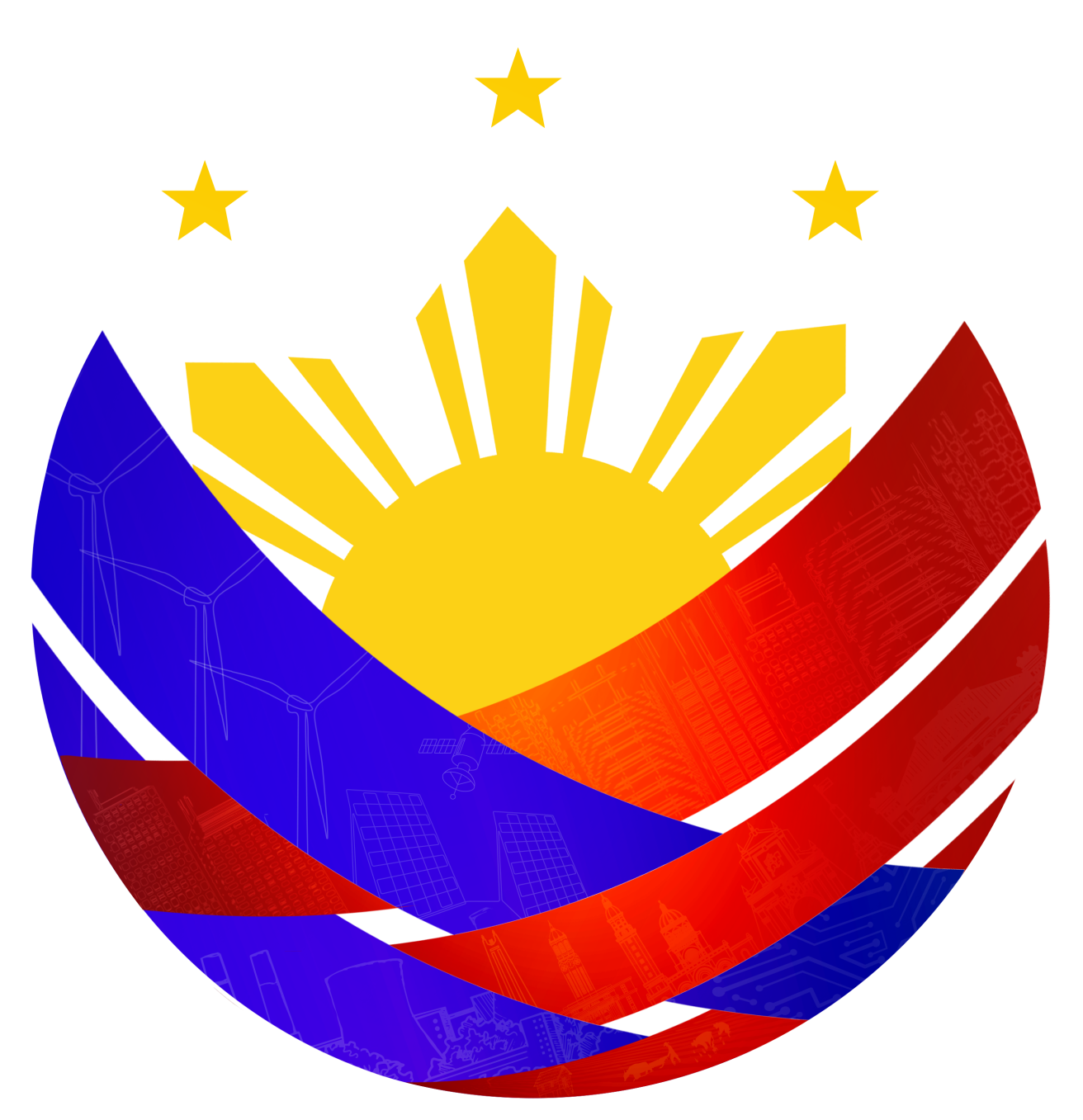
Province of Davao Oriental
Davao Oriental is a province of the Philippines located in the Davao Region (Region XI) of Mindanao. Covering 5,679.64 square kilometers, it is composed of 10 municipalities, 1 city, and a total of 183 barangays. Mati City, the capital, is known for its beautiful beaches, the UNESCO World Heritage-listed Mount Hamiguitan Range Wildlife Sanctuary, and Pujada Bay. The province is also recognized as the 'Coconut Capital of the Philippines' and an emerging eco-tourism destination.
History
Davao Oriental has been inhabited since pre-colonial times by indigenous groups such as the Mandaya, Mansaka, and Kalagan. During the Spanish era, the province became part of Provincia de Caraga and later Comandancia de Mati, though control was limited to coastal areas due to indigenous resistance. Under the American period, it was incorporated into the undivided Davao Province. After World War II, agriculture, especially coconut, abaca, and logging, boosted development. On May 8, 1967, Republic Act No. 4867 divided the old Davao Province into Davao del Norte, Davao del Sur, and Davao Oriental, with Mati as its provincial capital. In 2014, Mount Hamiguitan Range Wildlife Sanctuary was inscribed as a UNESCO World Heritage Site.